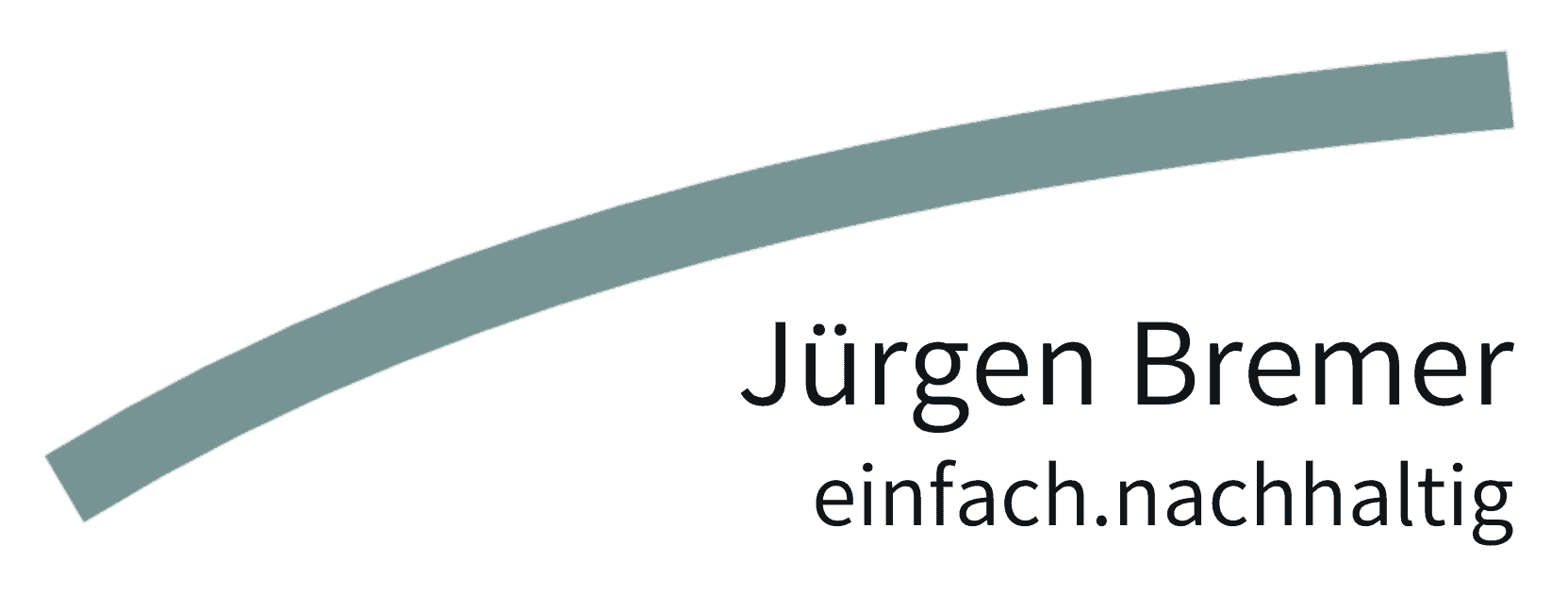
44th BImSch Ordinance: should-know’s as an operator of combustion plants
The 44th Ordinance to the Immission Control Act, which came into force on 20 June 2019, implements the EU MCP Directive (2015/2193) into German legislation. It contains far-reaching changes that may well affect installations that do not require a permit. Some rules already apply now.
Which plants are affected?
The ordinance applies to medium-sized combustion, gas turbine and internal combustion engine installations, as the ordinance is titled. We have around 40,000 of these in Germany, with an estimated 30,000 plants that do not require a permit and 10,000 plants that already require a permit under the Federal Clean Air Act.
Check the infograph (sorry, German only) to see if your system is affected by this legislation. For comparison: The heating system of a single-family house is about 10 to 20 kW, which is about 1 to 2 percent of the minimum size under this regulation.

The ordinance does not apply to facilities listed in Section 1(2).
Please forgive me for not bluntly copying these here, we can read the list directly at this link: Exemptions from the 44th BImSchV
Which obligations already apply today?
Most of the duties under the rule have been in effect since it entered into force in Germany, June 2019. What’s in effect today:
Notification to the authority
- emission-relevant changes
(changeover to a different fuel, replacement of a boiler, significant changes to an installation requiring a permit) - change of licensee
- permanent cessation of activities
These notification requirements are permanent, and you must notify authority again each time you make such a change.
Recording obligations
By analogy, let’s call it a boiler book or an operating diary. The following must be documented at least
- Operating hours of the system
- Type and quantity of fuels
- Malfunctions and failures of the exhaust gas cleaning systems
- Cases of non-compliance with the exhaust emission limits and measures you have taken
These documents must be kept for at least 6 years. The permit and proof of registration (see below) at least one year beyond the cessation of operations.
Start-up and shut-down times
The ramp-up times and pressure reducing periods of the plants are to be kept as short as possible. In case of doubt, legal experts can have a fling on this wording. Sorry, such an open formulation leads to unnecessary discussions in case of doubt. But: do you know how your plant manufacturer estimates the time for start-up or shut-down, and how long it actually takes?
Discharge conditions/chimney height
The chimney height for oil and gas combustion plants up to 10 MW that do not require a permit is specifically regulated: at least 3 meters above ridge and at least 10 meters above ground.
Plants not subject to licensing from 10 MW and oil and gas combustion plants subject to licensing require a chimney, the height of which is determined according to TA Luft. This is the version of the TA Luft at the time of commissioning. Accordingly, nothing should change for these plants. For new installations, the TA Luft 2021 changes a few things, as the type of chimney height calculation has been changed.
Facilities for exhaust gas cleaning
The entire exhaust gas flow must always be run through the cleaning system. The exhaust gas cleaning system must be operated continuously.
In case of malfunctions, react immediately:
- Take measures for proper operation
- If proper operation cannot be resumed within 24 hours, the operator must restrict plant operation or even take it out of service.
- report the fault to the authority within 48 hours
Emission measurements
The measurement obligations vary according to the type of installation, the fuels used, the size of the installation and the pollutant.
Here is just the hint. If in doubt, ask for help in determining exactly what is to be measured in your system and how. Ask your previous measuring services or your chimney sweep.
The Regulation distinguishes between continuous measurements and individual measurements. In the case of individual measurements, annual or triennial measurements.
I won’t go into it further in this post. Be sure to coordinate with your measuring services.
The right time for the first measurement according to the new regulation
As soon as possible. I recommend measuring according to the new regulations as soon as your measuring station is able to do so. What to wait for? With the result you will know if and with what effort you have to adjust your system – without having to convert the reference oxygen. The more time you have to make the adjustment, the better. The time you have to be ready is fixed.
If you have not yet carried out emission measurements at your installation, fixed deadlines apply:
- by 20 June 2020, if annual emission measurements are required
- until 20 June 2022, when measurements must be taken every three years
Registration of the installations
The systems must be registered by the authorities. This applies to new installations before commissioning. In contrast to the obligation to notify changes described above, you only need to register your installation once.
Existing facilities must be notified by December 1, 2023. That seems like a long time away, but make sure you have the required documentation now:
- Combustion heat output
- Type of plant
- the fuels used and, where applicable, the proportion of each
- Date of commissioning
- the NACE code
- expected operating hours and average operating load
- Declarations, where appropriate, if special rules are to be applied
- Operator and location of the plant
- Chimney height and geocoordinates
We can assume that a central electronic plant register will be created, which will only be activated shortly before the deadline. Keep in touch with your authority and your measuring services so that you do not miss the timing. I will also provide up-to-date information here.
What are the transition periods for the new limit values?
The new emission limits must be complied with from 1 January 2025.
Existing plants with a rated thermal input of less than 5 MW that use solid biofuels must comply with the limit values from 2028, until then the TA Luft applies.
Existing plants for the combustion of landfill gas with a rated thermal input below 5 MW will comply with the limit values for sulphur oxides from 2030.
For certain plants for peak load coverage or emergency supply, there are individual limit values that apply from 01.01.2036.
If so, you have to look very carefully.
New installations – installations commissioned after 20.12.2018 – must already comply with the limit values today.
What limits do you have to comply with?
This depends mainly on the fuels used and the size of the plant.
The regulation is difficult to read in this area. There are exceptions, special cases and exceptions to the exceptions. In some cases, I find inconsistencies and contradictory information there.
That is why I have created checklists with which you can quickly and clearly determine the limit values that apply to you, based on your system and the fuels used.
Here you can see an excerpt of a checklist (sorry again, German only). The complete checklist relevant for you is available on request. Just email me.

Where are retrofits necessary in order to comply with the limit values?
That can’t be said in a blanket way in a blog post. Compare the current readings to the required limits. Note the changed reference oxygen values, which make the comparison more difficult.
We can roughly assume the following retrofits:
- Wood firing systems with less than 5 MW require dust collectors
- Wood firing systems above 20 MW will need additional flue gas cleaning systems
- Biogas engines and lean-burn natural gas engines will also need additional exhaust gas treatment
What’s the smartest way to go about it now?
Arrange for emissions to be measured. Even if these do not have to be taken until the limit values apply. This way you will know in good time whether you need to make changes to your installation in order to comply with the limit values.
If you have already carried out regular measurements, talk to your measuring services, this can be the chimney sweep or another measuring supplier. If they are already able to measure in accordance with the 44th BImSch Ordinance, it is only a matter of the date. Make absolutely sure that measurements are taken in accordance with this regulation, including reference oxygen, so that you get the correct values.
At the latest, when it is foreseeable that your plant will not comply with the new limit values, you should contact the manufacturer. Determine measures to adapt the plant to the state of the art and the required emission values.
Experience has shown that time does run out towards the end of the deadlines and that the construction engineers will be working to full capacity. In addition, an investment can be better planned if time is not too short.
Why are these new regulations in place?
To reduce pollutant emissions. To implement an EU directive that also has this objective.
Under the European Industrial Emissions Directive (IED), combustion plants are currently only regulated above a size of 50 MW. The MCP Directive (Medium Combustion Plants Directive) is intended to regulate emissions from medium-sized and smaller plants.
This makes sense, because the share of smaller plants in total emissions is considerable, simply due to the number of plants.
In Germany, most of the installations concerned have already been subject to licensing for a long time, or at least have been assigned emission limit values by ordinance. The allocation of limit values to installations of a certain size is structured differently in Germany than the MCP Directive now provides. Of course, this does not make the whole thing any easier – at least to understand it at first. However, I think that once we have cleared the hurdle of classifying installations correctly, it will become a matter of course again.
Conclusion
The Ordinance on Medium Combustion Plants – 44th BImSch Ordinance – regulates operator obligations and limit values for plants below 50 MW. In part, these are already valid today, in part there are different transition periods.
Take action now. The deadlines will – as so often – expire sooner than you think.
